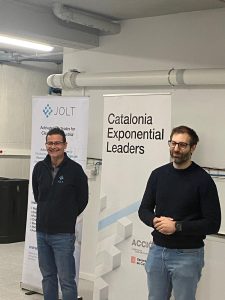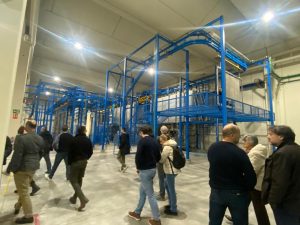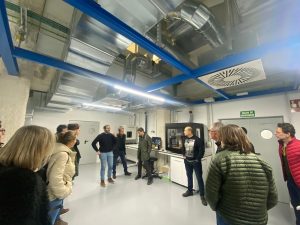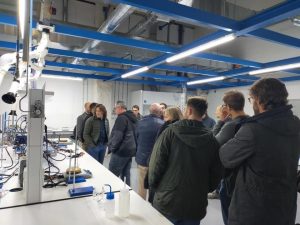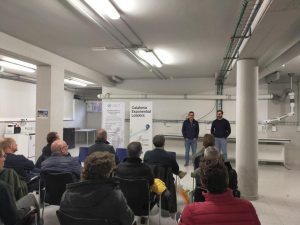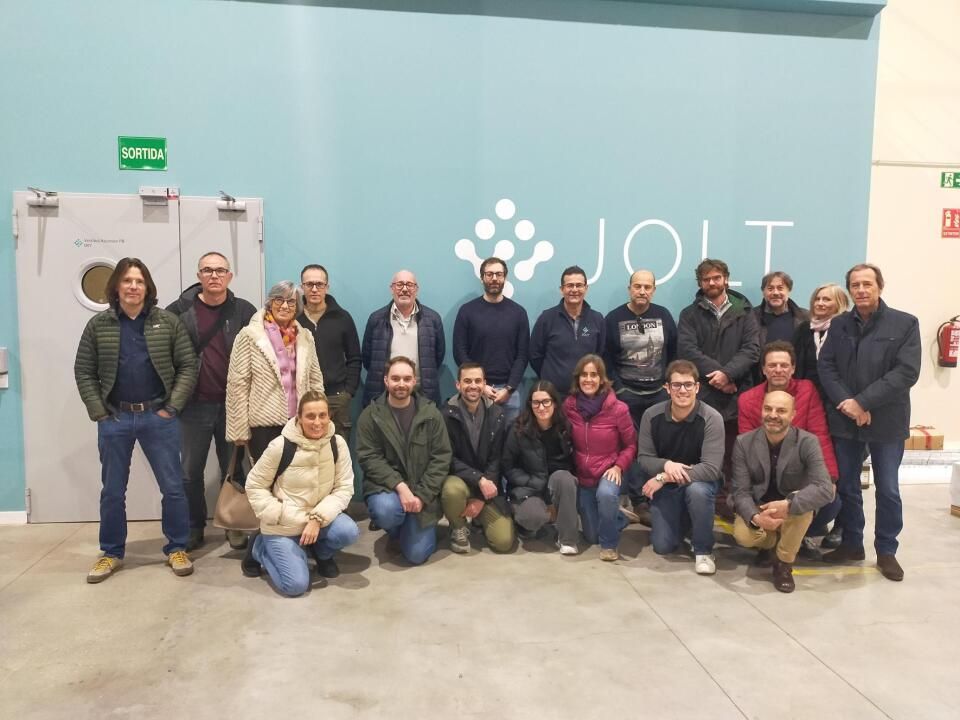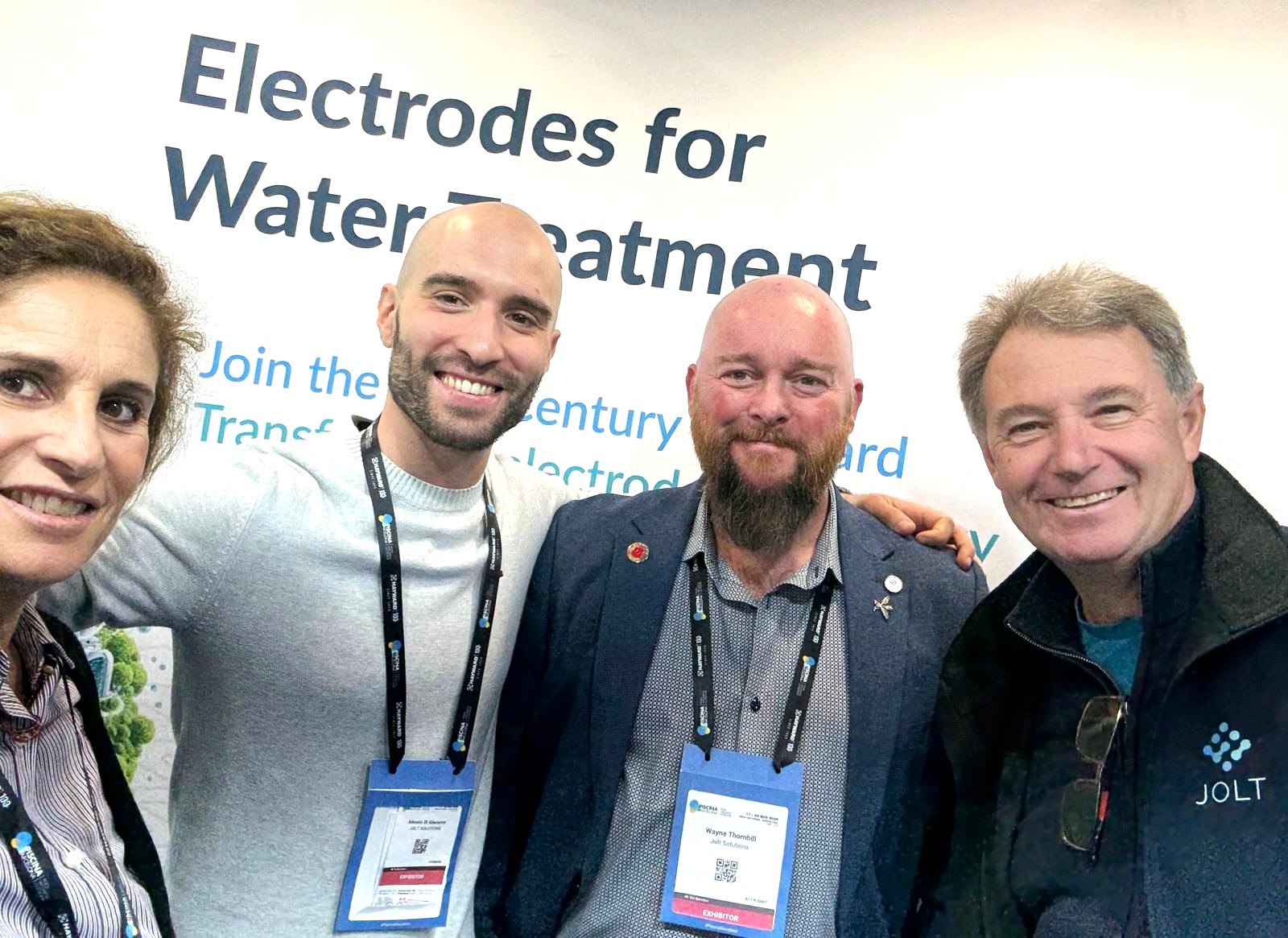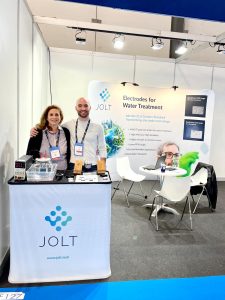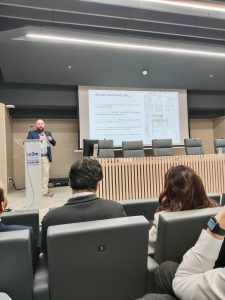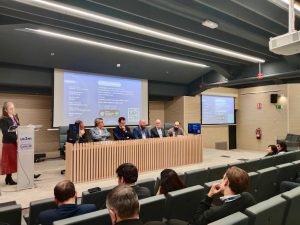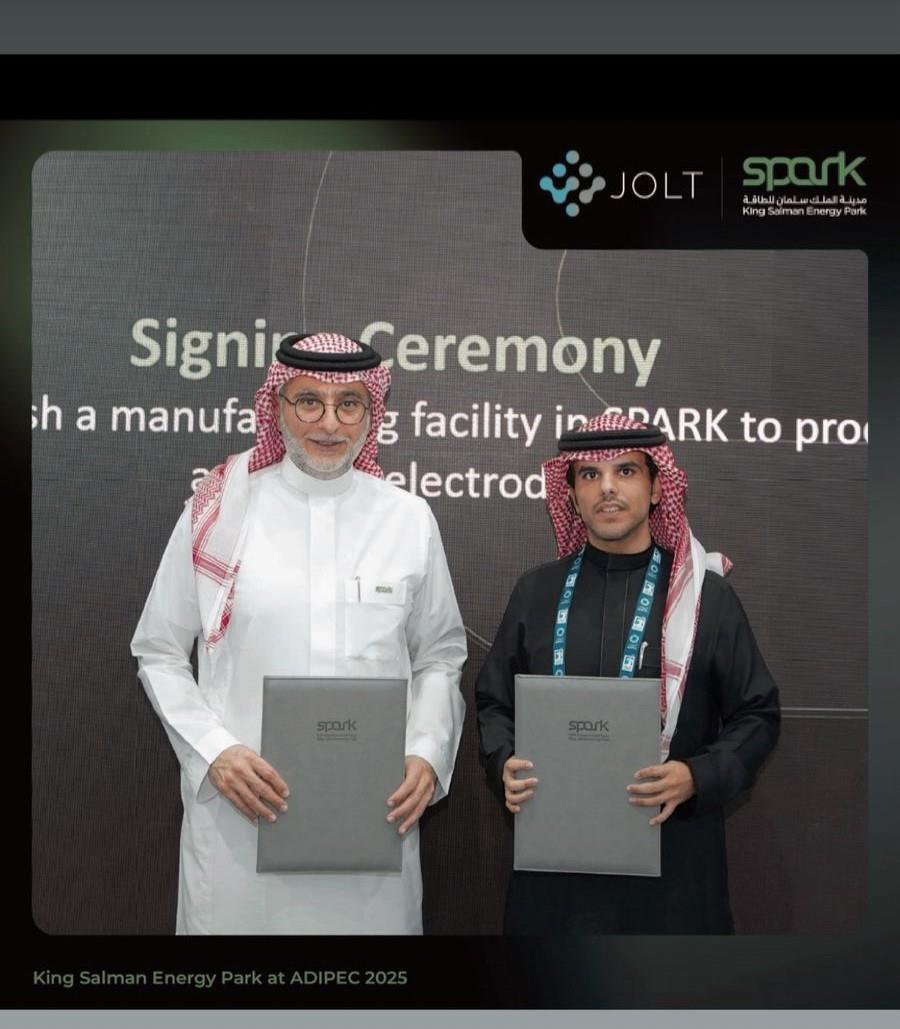Last Thursday we were very happy to host a visit of some 30 Catalan companies to our facilities in Barcelona in a visit organized by Accio, the Catalan Government’s business development agency and an organization to whom Jolt owes a great deal of thanks for their non-stop support since our earliest days.
Translation of Accio’s post below:
🤩 This Thursday we discovered first-hand Jolt Activated Electrodes, one of the most promising Catalan ‘deep techs’ in Europe and recognized as a Catalonia Exponential Leader in 2023, in a new edition of ACCIÓ’s ExponentialOpenDays.
✨ Born as a spin-off from ICIQ, the company has developed an activated electrode technology that allows the production of green chemicals in a more efficient, durable and affordable way. An innovation that places the company at the forefront of the energy and green chemicals transition.
👥 During the visit, Arturo Vilavella, COO and co-founder of Jolt, shared his vision of the future, the challenges of scaling an impactful technology and the international expansion plans of a company that already operates from its first plant in Barcelona and is collaborating with international partners to accelerate its growth.
The event, attended by around thirty Catalan companies, included a question and answer session, a guided tour of the facilities and a final networking session among all participants.
Discover the 10 most disruptive companies in Catalonia this year! 👀
